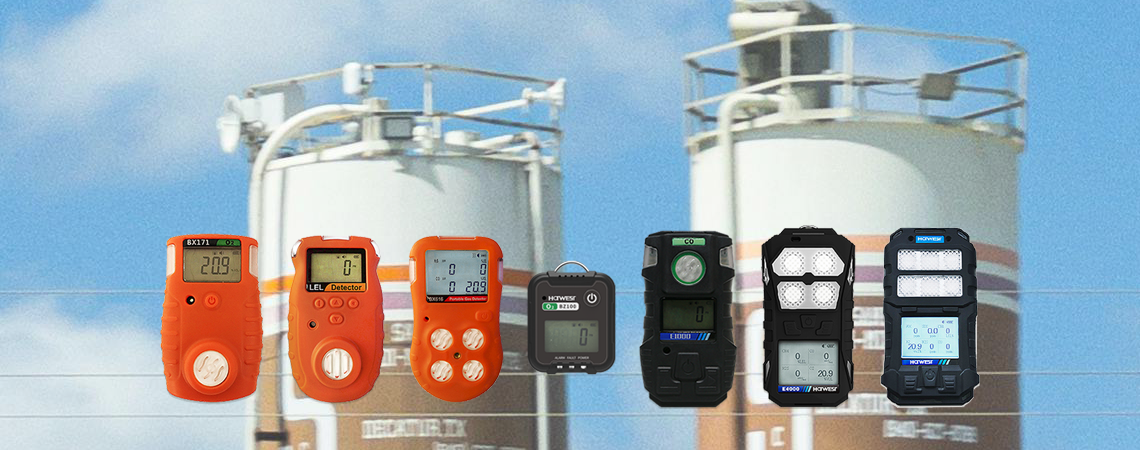Types of Gas Detectors Based on Sensors
Published on: 2024-08-05 Views: 377

Gas detectors use a variety of detection technologies to detect different types of gases present in the environment. Each technology offers unique benefits depending on the specific application requirements.
1. Catalytic Bead Sensors
Catalytic bead sensors are commonly used to detect combustible gases such as methane, propane, and hydrogen. Using the principle of catalytic combustion, the target gas reacts with a heated catalyst (usually platinum) on the sensor surface. The temperature change is converted into a gas concentration reading. Catalytic bead sensors are rugged and fast-responding, making them suitable for detecting combustible gases in a variety of industrial environments, including refineries, chemical plants, and natural gas pipelines.
2. Electrochemical Sensors
Electrochemical sensors are widely used to detect toxic gases such as carbon monoxide, hydrogen sulfide, and chlorine. These sensors work by producing a chemical reaction that is proportional to the gas concentration. They are often used in confined spaces, laboratories, and industrial facilities where exposure to toxic gases poses a significant health risk.
3. Infrared Sensors
Infrared (IR) gas detectors are effective in detecting combustible gases such as hydrocarbons and carbon dioxide. Working by measuring the absorption of infrared radiation at specific wavelengths corresponding to target gas molecules, they are not affected by sensor poisoning and are suitable for long-range gas detection. They are often used in large facilities, such as refineries and chemical plants.
Each sensor has its advantages and limitations, influencing factors including detection range, sensitivity, response time and maintenance requirements.
